For about 10 years, everything I wrote was almost immediately published. This sort of instant gratification really does a number on a young writer’s brain.
During the onset of the digital age, newspaper editors became hungry for what would soon be called “content” rather than stories — online and in print — and this naturally led newsrooms the nation over to reward quantity over quality. Young, desperate-to-please writers like me who would churn out relatively decent work for pennies somehow became eminently publishable. Sure, I wrote some James Beard Award-nominated work amid the churn but I mostly reviewed strip club food and composed top 10 lists of the best kitchen utensils to use as sex toys. (“Eggbeaters,” my editor had helpfully suggested when I balked.)
Still, I wanted to believe that the bulk of my work was good, actually. And having absolutely every impulse piece you write immediately published in the local paper (see: a series of haikus about Muscle Milk) does tend to make you think the general public gives more weight to your words than is true, actually.

I was among the most prolific writers at each place I worked. And in the heyday of social media and online platforms, this meant my words scattered like dandelion fluff. I was always fascinated to see how far my stories reached. One time, Alton Brown emailed me to say he’d liked a piece I’d written. Another time, a man emailed me my address and threatened to come to my house and rape me because he disagreed with my most recent restaurant review.
When I left the Houston Press in 2013, the art director mocked up a cover of the paper for my going away party. Among the coverlines around my face on the fake paper was the astounding number of articles I’d written during my time there — somewhere north of 11,000. I don’t remember exactly anymore, and although Monica carefully mounted the mock cover on a lovely mat for me to ostensibly frame one day, I threw it in the garbage when I moved out of my studio apartment later that year. The fake cover and the real number, both gone forever.
I haven’t kept much physical evidence over the years of my career as a food critic at the local paper or my work as an editor for the city magazine, which was once monthly and is now quarterly. The paper itself ceased physical publication six years ago and now exists only online. In true Houston fashion, the historic Press building itself was demolished in 2018, no longer leaving any tangible traces of itself here on earth. I wonder if one day someone will be searching through old Houston Press editions and wonder why the paper suddenly evaporates in 2017. (For now, at least, a Google search of the terms “Backpage” and “lawsuit” suffice to explain.)
The paper recently changed the way its website is hosted and all of its archives prior to 2020 disappeared, a further distressing withdrawal from the world. If I hadn’t digitally archived all of my own years’ worth of Houston Press articles a couple of years ago, all trace of the online content I wrote would also have evaporated.
Most of those articles that I thought mattered so much, those pieces I labored over, the ones that ricocheted across the Internet, the ones that won awards, the ones that lost me friends, even the stupid and silly ones like the time I was assigned to write about the worst things to puke up on New Year’s Day — no one will ever read them again. They exist nowhere now except in my own little digital vault. The physical papers possibly exist in some libraries somewhere, but they contained perhaps only 15 percent of those 11,000+ articles I wrote. All those words, all those worried over words, all vapor now.
For a long time, I struggled under the weight of writing all of these stories. When I was first hired as a young, naive food critic, I owed the paper three online articles a day (some of which would later be reprinted in the following week’s issue), a weekly restaurant review for the print edition and at least one cover feature every quarter. Once, it was about butchers reviving a lost charcuterie tradition; another time it was a pandering photo essay about chefs’ food-themed tattoos.
By virtue of this workload, everything I wrote was publishable — or at least we all pretended it was. And all of these articles were chum for the readers.
A dining review is chum in the water by its very nature: Plenty of people wanted to know whether the hot new restaurant in town was good, actually, and many, many more people wanted to read about it when that hot new restaurant was terrible, actually. The online articles were even less subtle.
A best-of burgers list? Done to death. How about a best-public-bathrooms-to-bang-in piece?
Sometimes these were my ideas, sometimes they weren’t. But at the end of the day, it was my byline attached to the story. This made it easier to part with the physical copies of papers and, later, magazines full of content I was embarrassed to witness as my own.
And yet I felt strangely compelled to keep the digital stuff. Its existence is no more or less precarious than the print stuff — there were only so many copies of Houstonia Magazine printed, for instance, and those increasingly rare early editions are certainly dwindling in number now that I’ve put so many of my own through the shredder — so it’s not about choosing to save one over another.
I suppose it’s more the idea that the online stories always existed in such a liminal state to begin with: layers of code and raw binary data that briefly coalesced on your computer screen to form an article about tracking down the elusive Dr Pepper Icee, before snapping back into the Internet ether once you close the tab. Sparking to life briefly, a little flame burning brightly for a moment, then just as quickly extinguished.
For a long time I wanted to distance myself from the things I wrote, for better or worse, because of the way in which I’d let my voluminous body of work come to define me. I left the city magazine as managing editor and stopped writing for public consumption altogether, turning inward to a university where I instead wrote about anyone else’s opinions except my own, keeping my thoughts entirely to my private journals. It was a liberating relief.
No longer did I have to share my weekly thoughts on dining out with rabid Twitter and Facebook audiences that our publications’ owners insisted we were responsible for growing into an even more vociferous crowd, nor write the kind of personal essays in the city magazine that caused my cousin to stop speaking to me. I hadn’t anticipated the toll it would take on me, publishing my every thought because I was so eager to write and because some faceless publisher needed grist for the mill.
It turns out that keeping my opinions to myself and listening to other people’s opinions instead has been deeply therapeutic. This revelation will not rock the world of those stable, empathetic people out there for whom this is just a straightforward recipe for a gentle life. And some people — myself once included — don’t want a gentle life; they want a life that speaks truth to power or at least draws enough attention that they feel seen and heard for one brief moment.
Maybe that’s why I keep the old online stuff in my little vault, to remind me of my non-gentle days, when I was sparking to life in all the right and wrong ways. When I was figuring it all out, trying to fan my flame into a fire, watching it flare up and out of control on the bad days, admiring its bright, steady shine on the good ones. All that struggle, all those tears shed over hitting deadlines or surviving pitch meetings, all those words written and now gone — was all of it for nothing, if those articles are gone forever?
This was never the point.
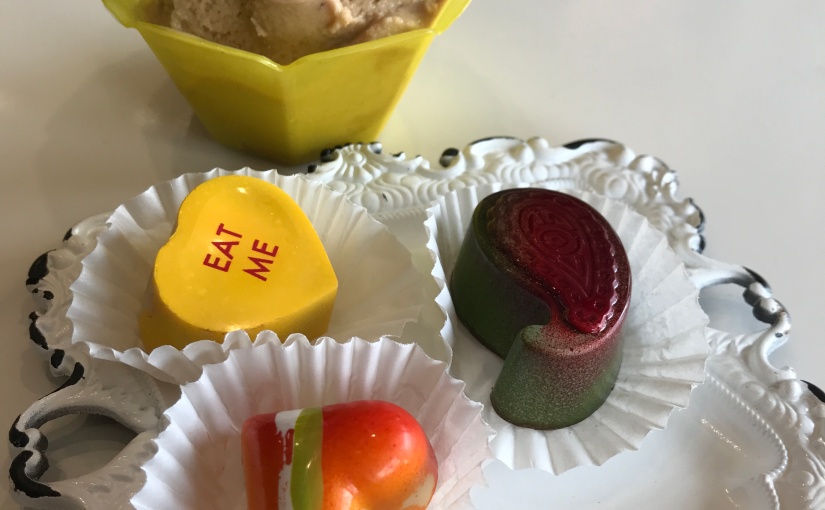
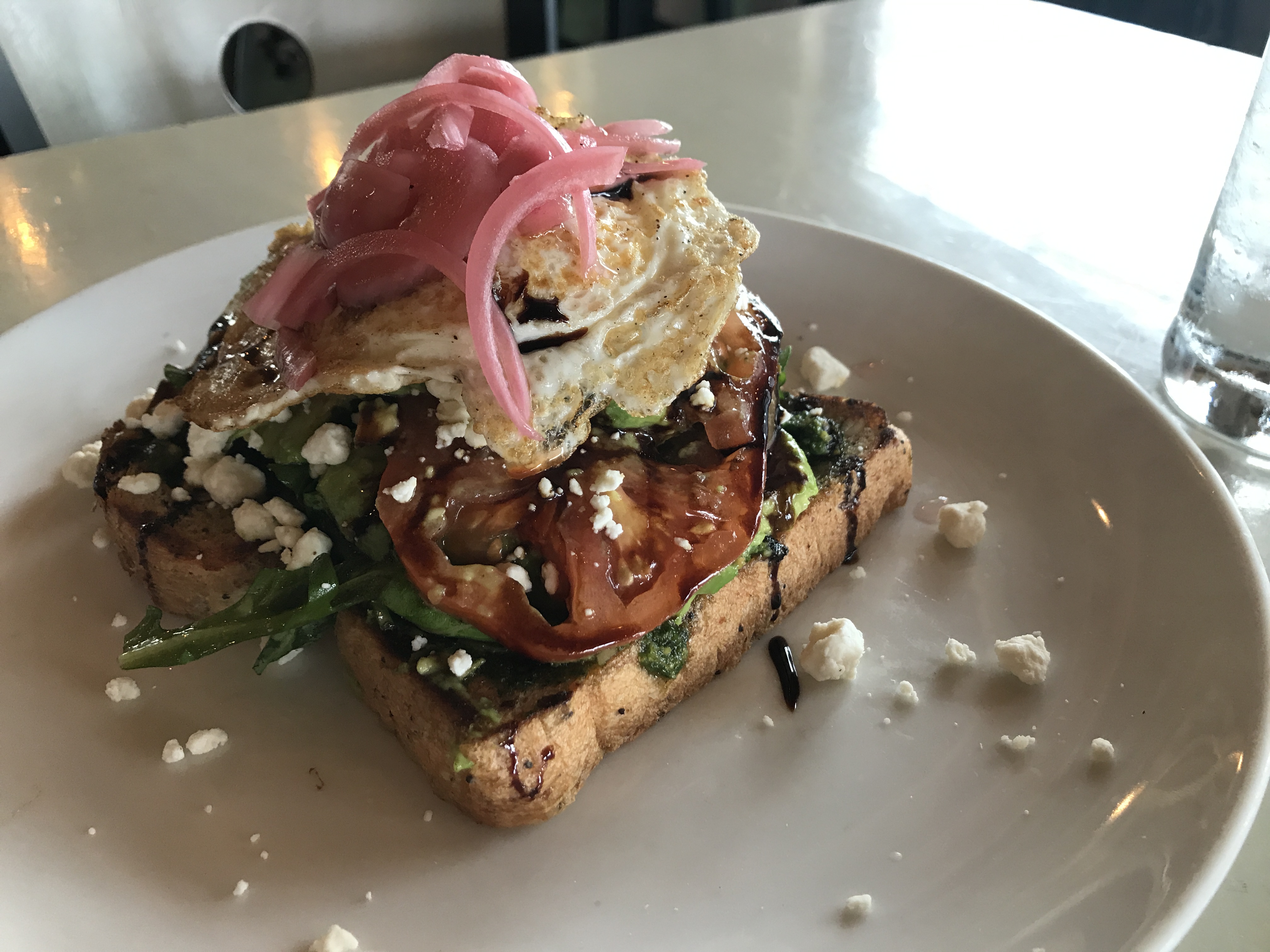
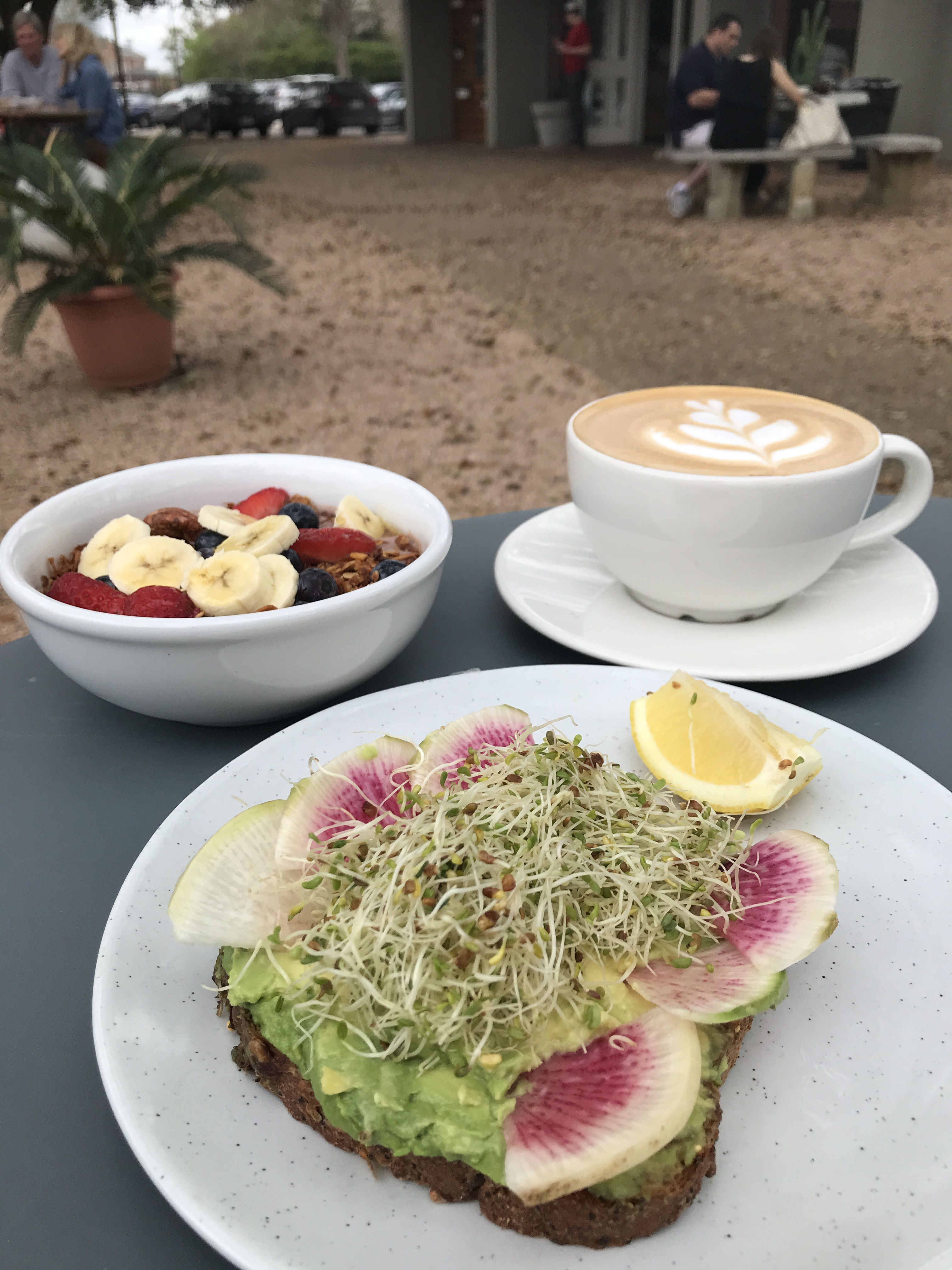
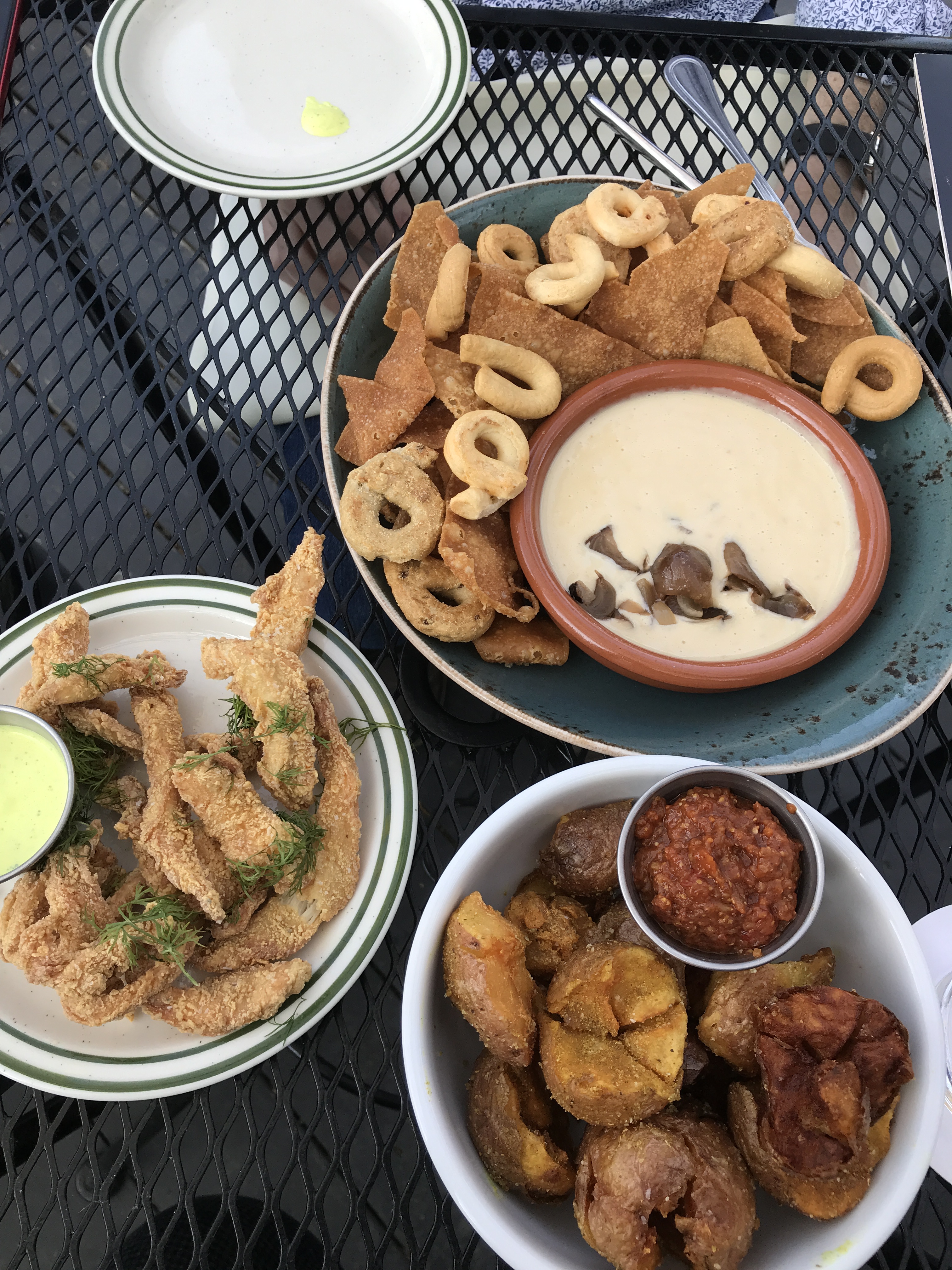
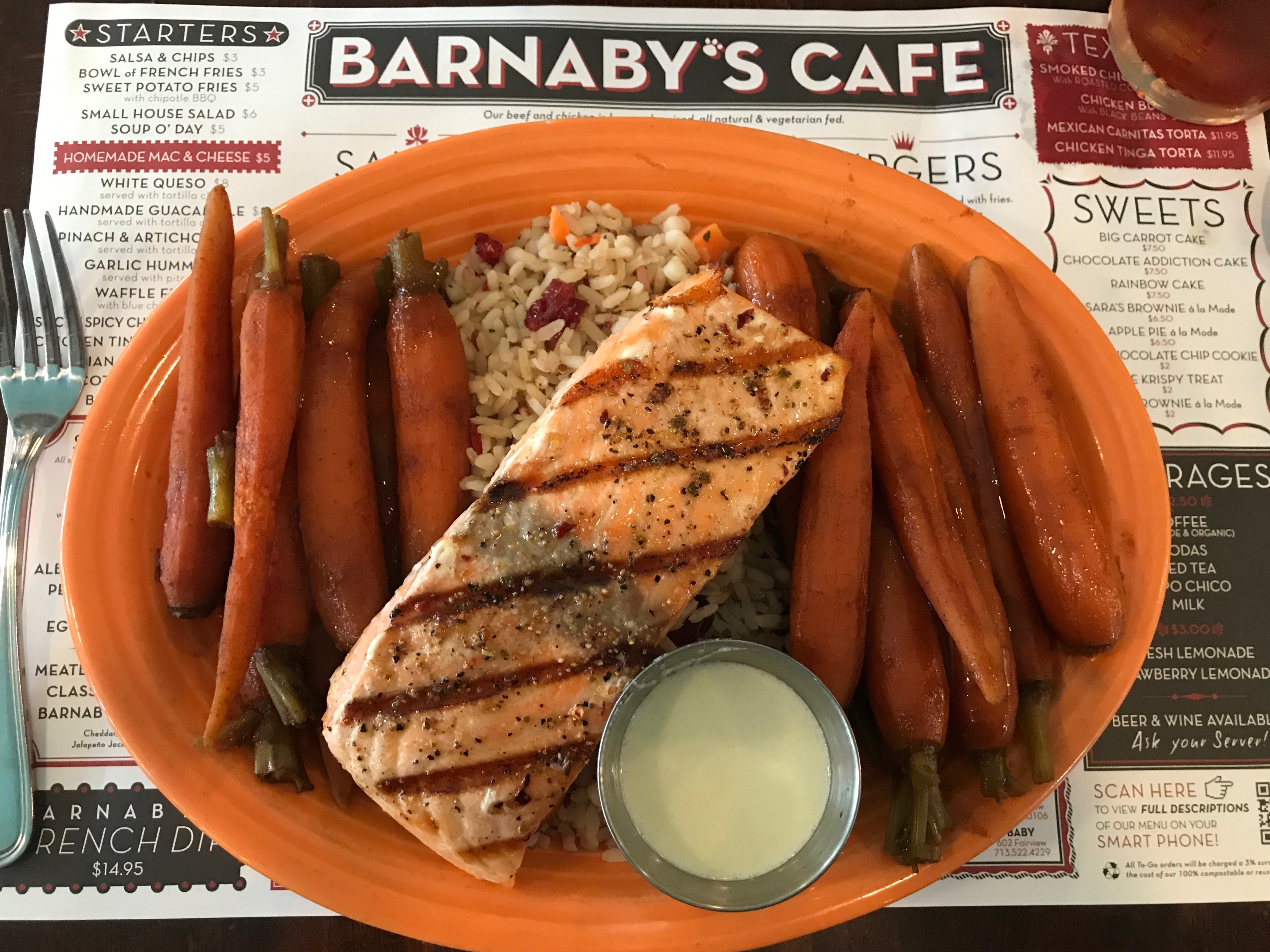
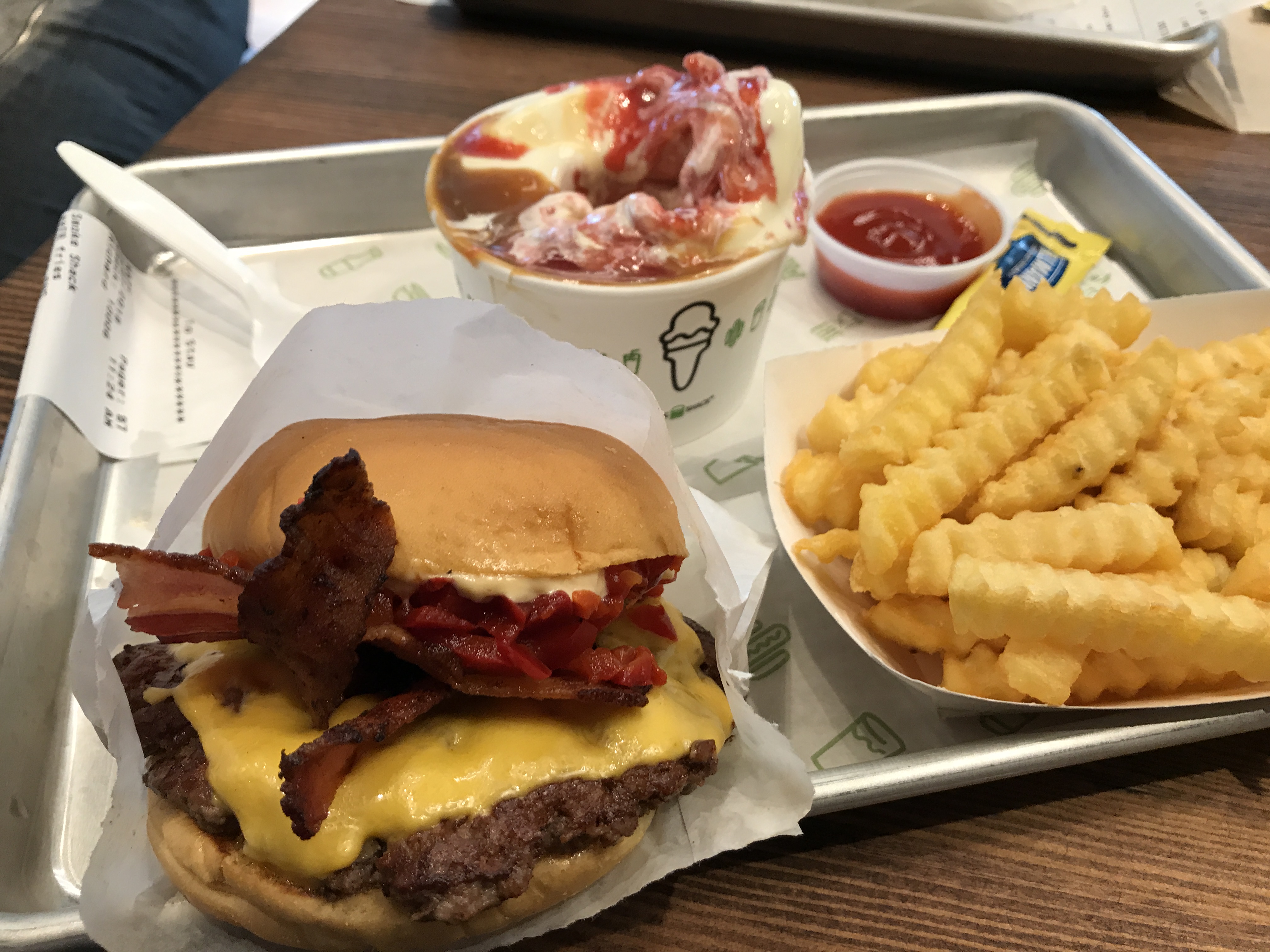
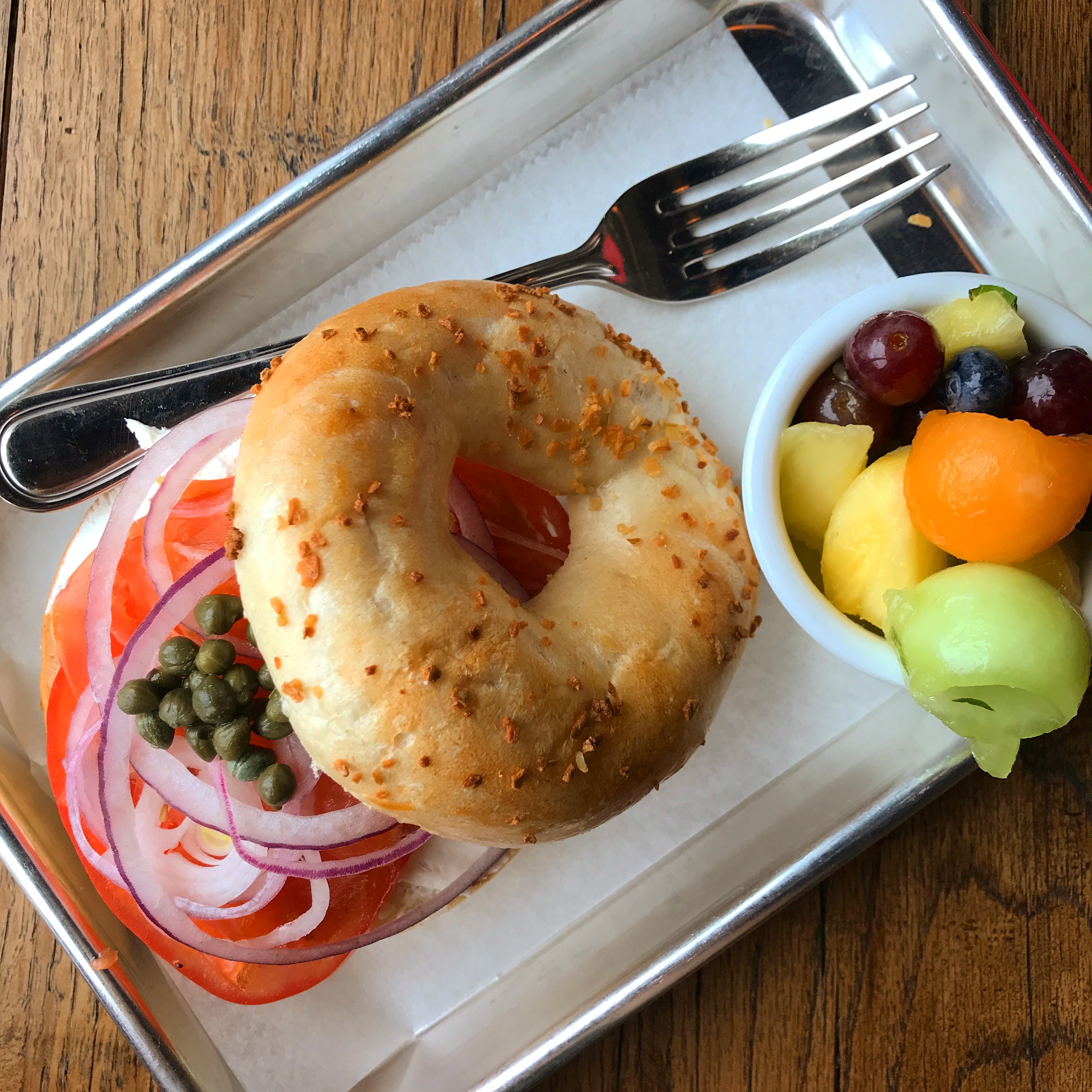
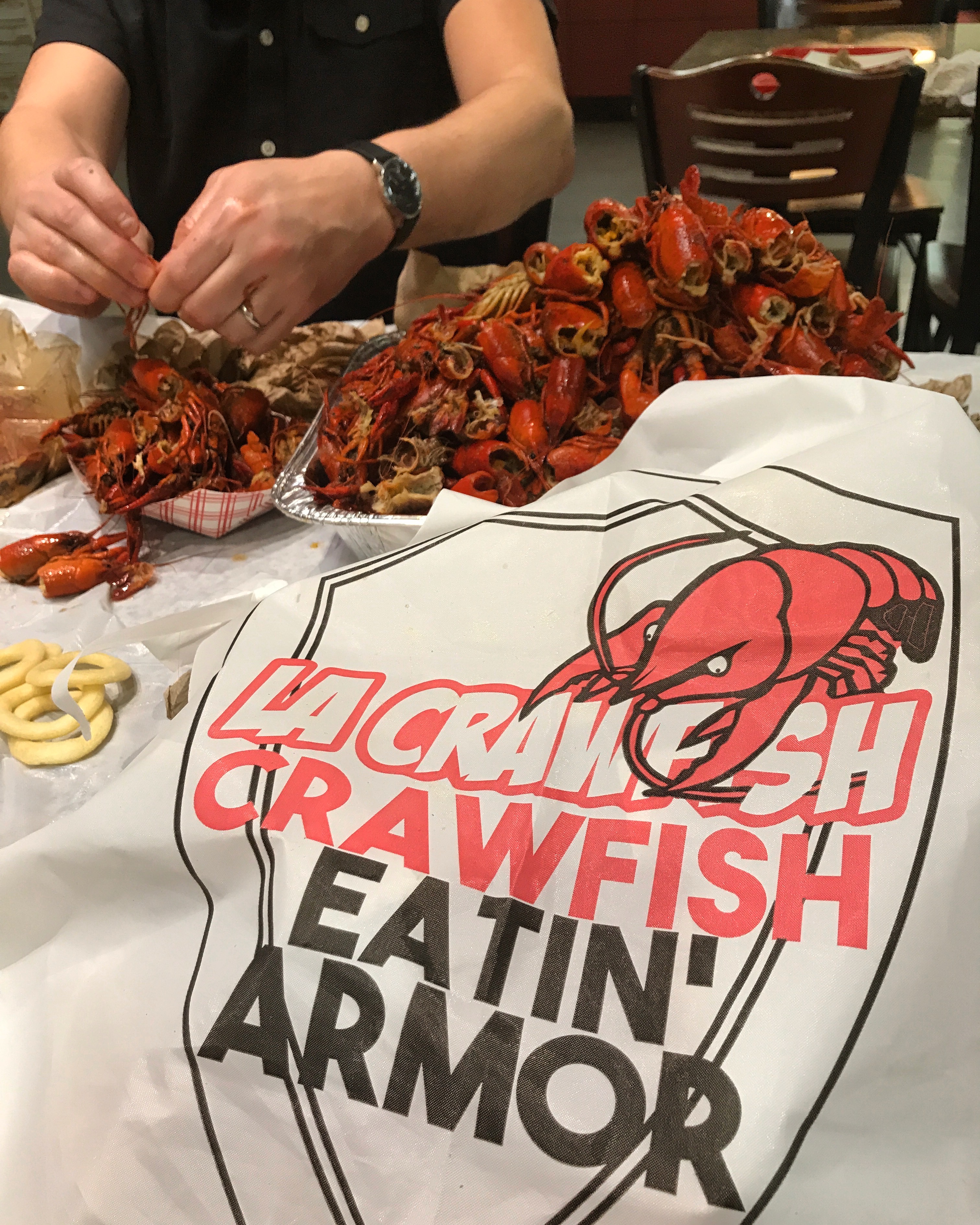
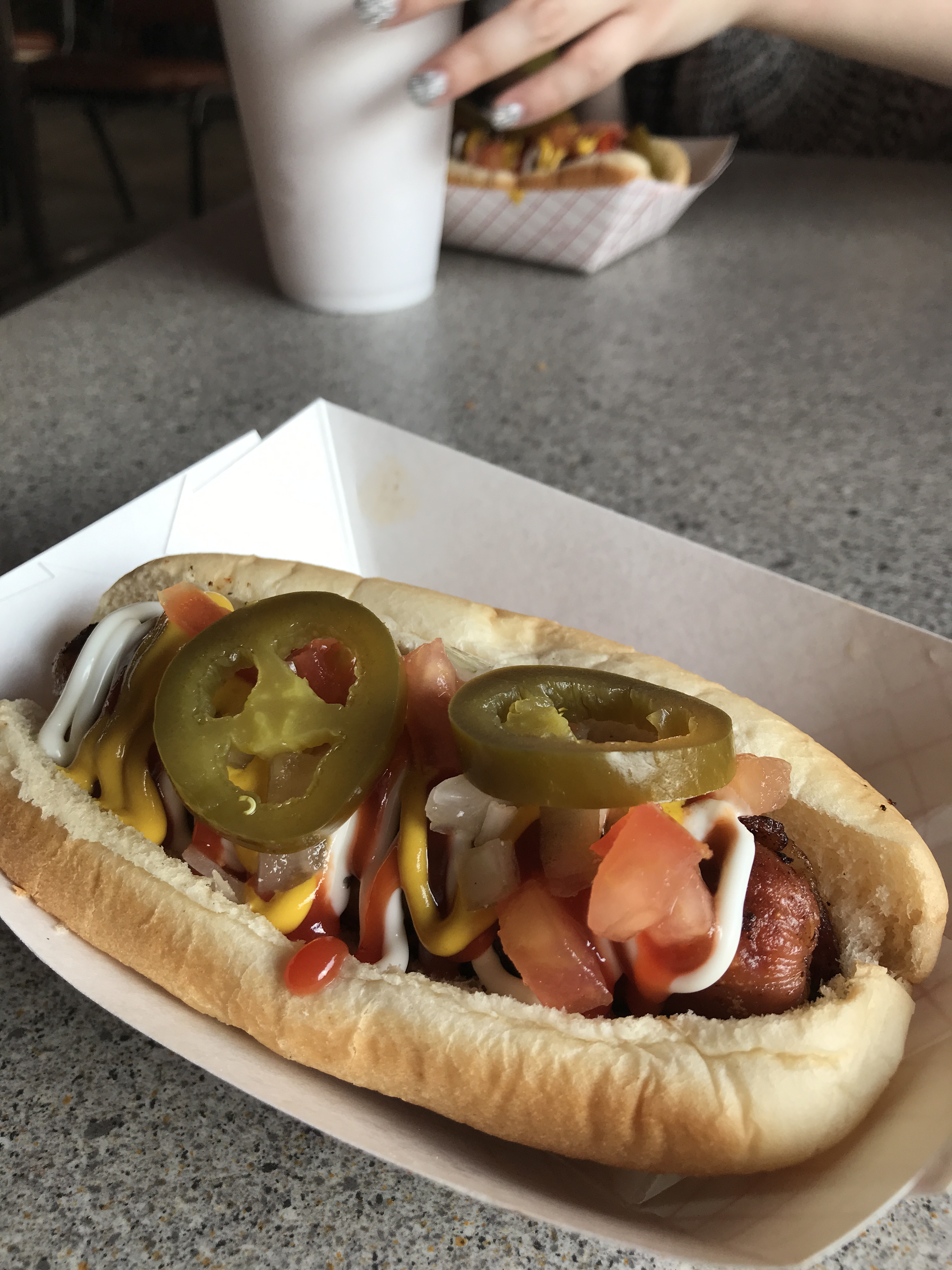
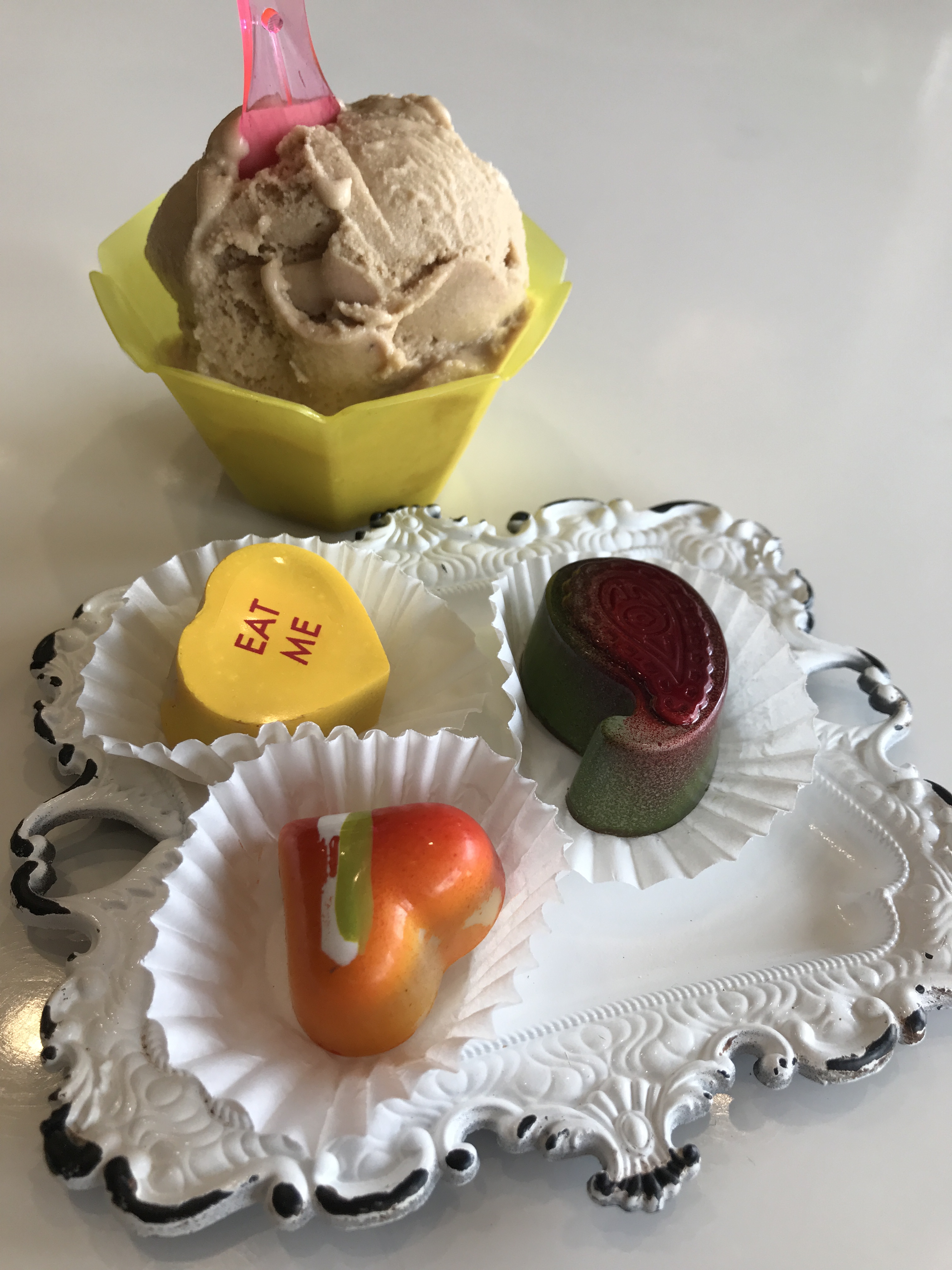
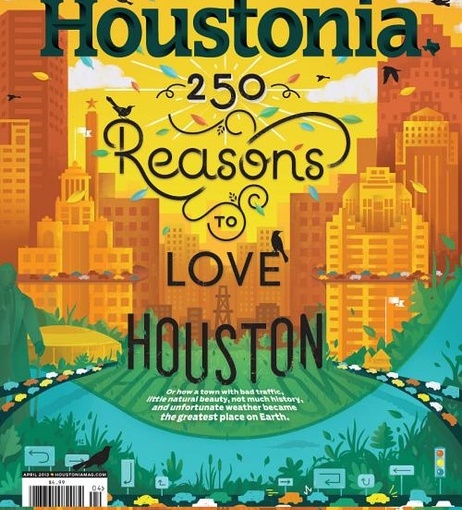



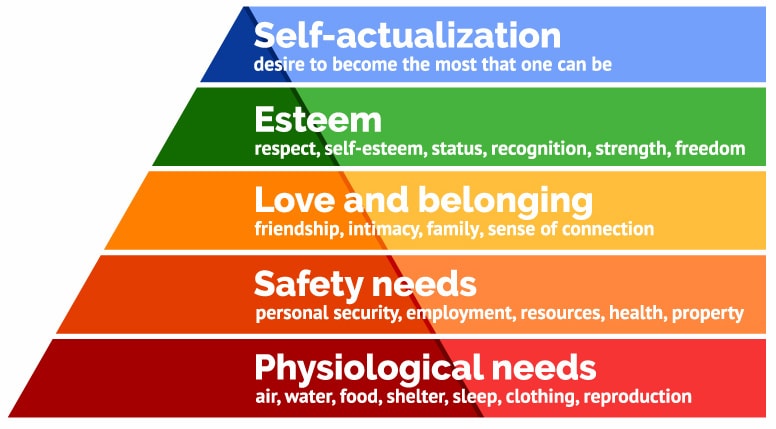
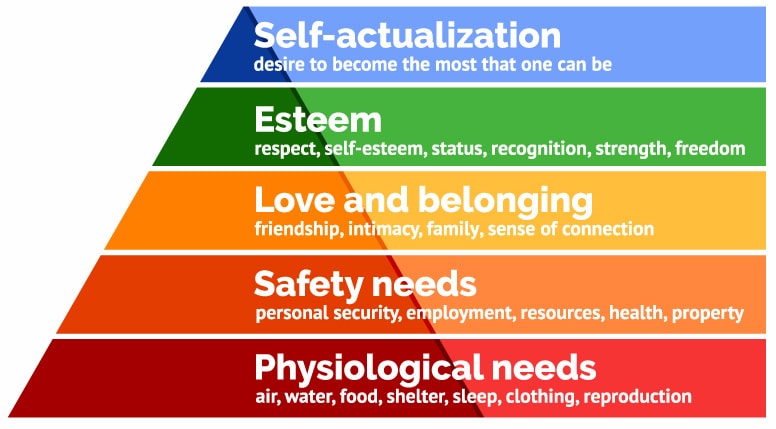 Considering the wave of
Considering the wave of 























